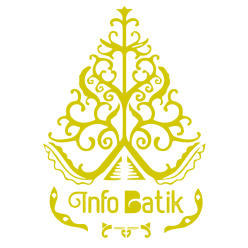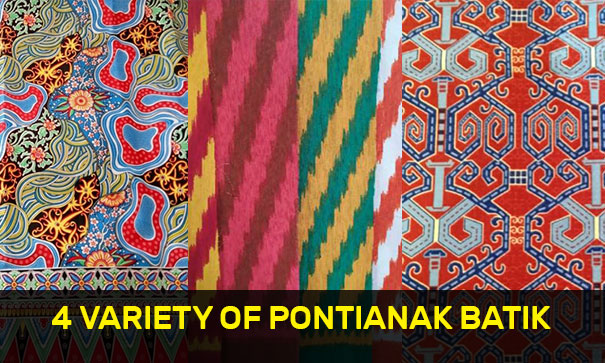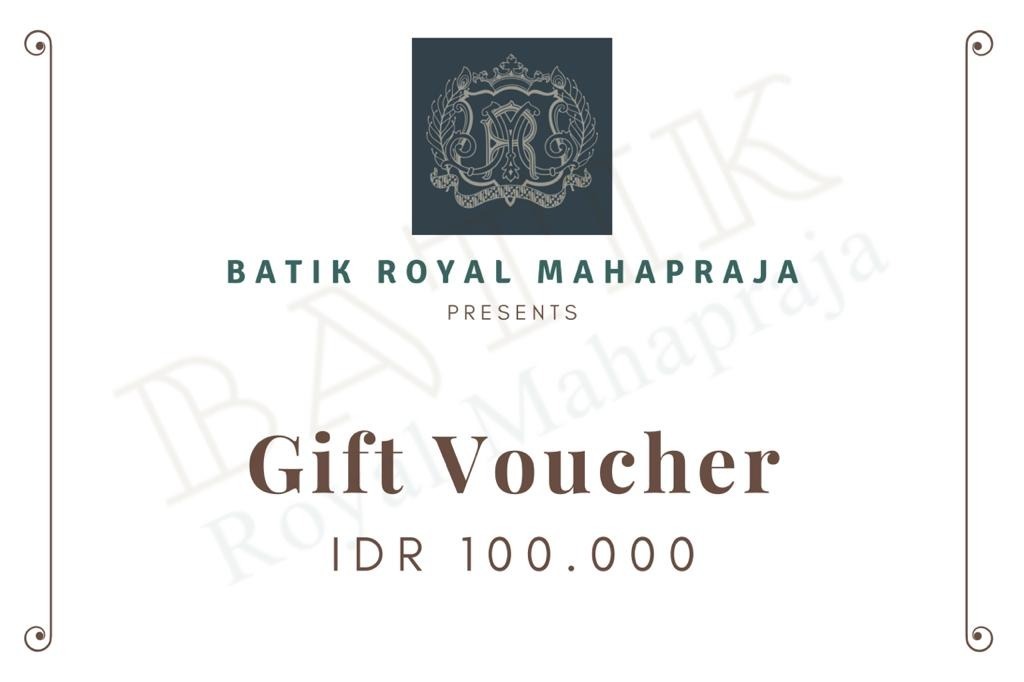Pontianak is a city located in the province of West Kalimantan which is a city that is right on the equator. A city characterized by scorching heat and diverse culinary delights. But not only that, it turns out that Pontianak has a lot of cultural values that are rarely exposed, one of which is the batik culture. The original Pontianak batik has various styles which also have deep life values. Here are 4 kinds of original Pontianak batik.
1. The Gill Motif
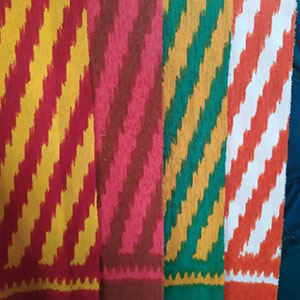
The first pattern that we will discuss is the gill motif. The gills motif is depicted with a zigzag motif with an abstract pattern, which is usually drawn on a piece of batik or woven cloth. Generally, this gill motif can be worn by any community element in the city of Pontianak, which can also be worn on certain occasions such as weddings, engagements, and circumcisions. Its history begins with the Kadriah Sultanate in 1771 under the leadership of Sultan Syarif Abdurrahman Al Qadrie, initially this pattern was worn by only the aristocracy. This pattern was used in the past as a symbol of social status. Many of the ancient peoples also used this gill motif as a gift offering to the king. The main meaning of the gill motif is the depiction of the civilization of the Pontianak people along the Kapuas River. The fishermen who live along the river make the fish a symbol of their gratitude. So that the zigzag motif of the gills was created, similar to the fish gills that are used as a means of breathing.
2. The Tidayu Motif
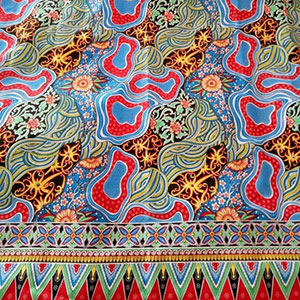
The second pattern is the Tidayu batik motif. Etymologically, the tidayu motif stands for Chinese, Dayak, and Malay, where these three ethnic groups live and are the 3 largest ethnic groups in Pontianak, especially in the city of Singkawang. This motif was originally a competition by the wife of the Mayor of Singkawang for the 2007-2012 period, Hasan Karman, namely Elisabeth Majuyetty. This tidayu style is depicted as tapering flowers and various colors. The tidayu motif itself has 6 different styles, namely Lembayung, Beuntai, Lantern, Jungle, Crane, and Harmony. Each pattern represents an ethnic element which consists of these 3 parts. For example, the Rimba motif, which is a shoot of bamboo shoots which is a Malay icon in Sambas, is characterized as a jungle, above which the Hong bird is depicted in Chinese mythology and the hornbill bird represents the culture of the Dayak people.
3. The Berarak Cloud Motif
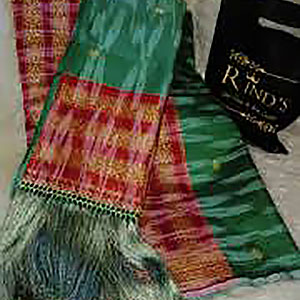
The third motif is the Berarak Cloud motif. The shape is true to its name, the shape of the cloud is a typical Pontianak motif. In ancient times, this Berarak Cloud motif was used by the Kingdom of Amantubilah Mempwah, and was only reserved for the royal family. The motif, which is in the form of a crown motif in the Ketapang Malay house, is the height of the person who wears this motif. The motive is also combined with the flower sekaki motif on the fence decoration of the Malay building, symbolizing the existence of cross-marriage between families and the cengkrama motif which means kinship and a sense of mutual love between humans.
4. Dayak Motif
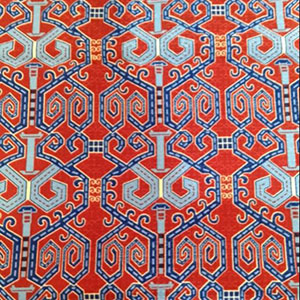
The fourth motif that will be discussed is the motif of the indigenous people of Kalimantan, namely the Dayak motif. The Dayak ethnic group is the original ethnic group of Borneo who has a long and long history to inhabit Borneo. Philosophically, there are three elements that symbolize this Dayak motif, namely nature, religion, and elements that are only found in Dayak people. The pattern is depicted with the Arowana fish pattern and flower patterns. Usually this Dayak motif is used at traditional events and religious events used by traditional elders and elders.
